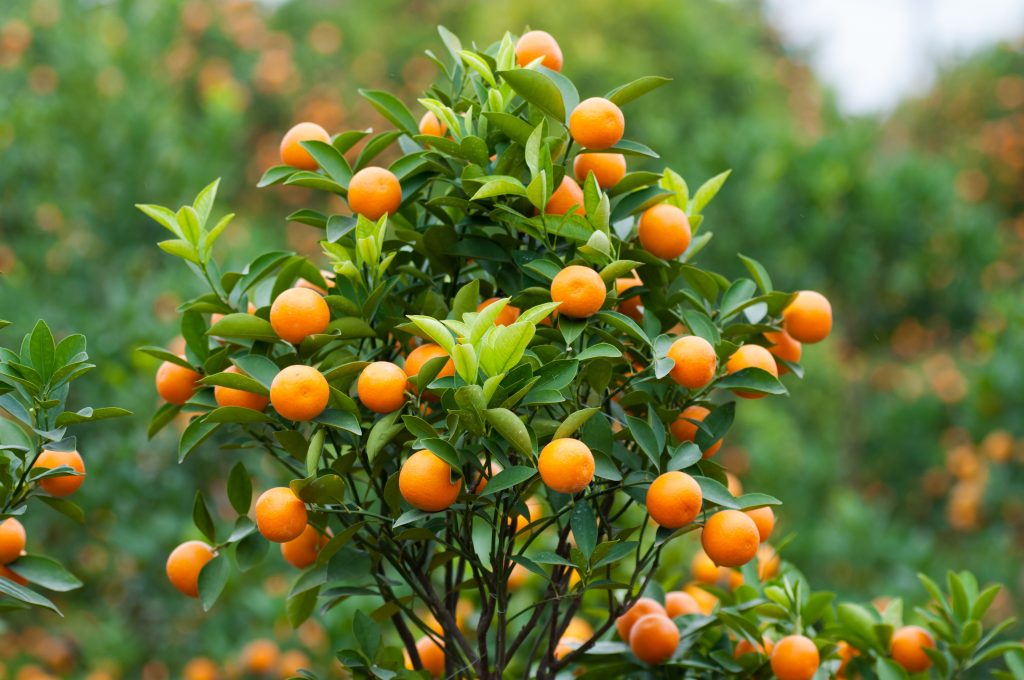
Climate change is impacting the agricultural industry across the U.S. Increased temperatures since the latter part of the 20th century have had a major impact on farming operations, especially in the Southeast.
Pam Knox, University of Georgia Extension Agricultural Climatologist, spoke about the impact climate change has had on farmers during a discussion with the U.S. House Agriculture Committee.
“We know agriculture and forestry are highly affected by swings in weather and climate. Year-to-year changes in temperature and precipitation can be hard for farmers to deal with. Making a bad choice in crops and management practices can be costly,” Knox said.
Increased Temperatures
“Average temperatures in the U.S. have gone up almost 2 degrees Fahrenheit in the last 60 years. Higher temperatures mean longer growing seasons… more time for diseases and pests that threaten crops and a more unpredictable water cycle,” Knox said. “It also means more extreme events, such as heat waves, droughts and floods that put farmers and foresters at risk by destroying crops and forests and flooding fields and pastures.”
Knox added that although agriculture and forestry are affected by climate, those industries contribute to warmer temperatures by adding greenhouse gases to the atmosphere and changing the surface of the land.
“To top it off, between 30% and 40% of all the food produced is never used. This means that the fuel, water and fertilizer that’s used to produce it is wasted. More greenhouse gases are produced as that food waste is dumped into landfills and tractors and water pumps are run for no good reason,” Knox said.
Fighting Back
Those two industries can also play key roles in fighting back against climate change. Knox said that planting cover crops can prevent greenhouse gas emissions tied to fertilizers and irrigation by keeping water, carbon and nutrients in the ground. Producing more trees and improving crop land productivity can pull carbon dioxide from the air.
Farmers Adapting
Farmers have also adapted to the new conditions.
“Some farmers are taking advantages of the longer growing seasons by double cropping or growing new crops like satsumas and olives in Georgia, for example,” Knox said. “Foresters are testing out new varieties of pine and other commercial tree varieties that can survive and thrive in the future. Many producers are also using smart irrigation techniques and other climate smart management practices to use water efficiently while protecting and improving the soils.”
She added that information and training need to be available so farmers can learn how to best use their land.









